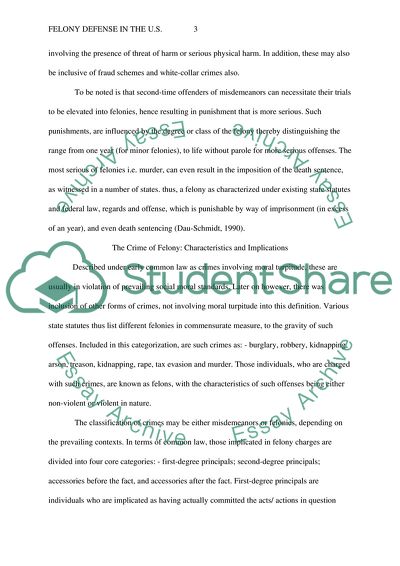Cite this document
(Felony Defense in the U.S Research Paper Example | Topics and Well Written Essays - 2750 words, n.d.)
Felony Defense in the U.S Research Paper Example | Topics and Well Written Essays - 2750 words. Retrieved from https://studentshare.org/law/1817655-felony-defense
Felony Defense in the U.S Research Paper Example | Topics and Well Written Essays - 2750 words. Retrieved from https://studentshare.org/law/1817655-felony-defense
(Felony Defense in the U.S Research Paper Example | Topics and Well Written Essays - 2750 Words)
Felony Defense in the U.S Research Paper Example | Topics and Well Written Essays - 2750 Words. https://studentshare.org/law/1817655-felony-defense.
Felony Defense in the U.S Research Paper Example | Topics and Well Written Essays - 2750 Words. https://studentshare.org/law/1817655-felony-defense.
“Felony Defense in the U.S Research Paper Example | Topics and Well Written Essays - 2750 Words”, n.d. https://studentshare.org/law/1817655-felony-defense.


